AI. SpaceFactory wins first place in final round of NASA 3D-Printed Habitat Challenge
By Justine Testado|
Thursday, May 16, 2019
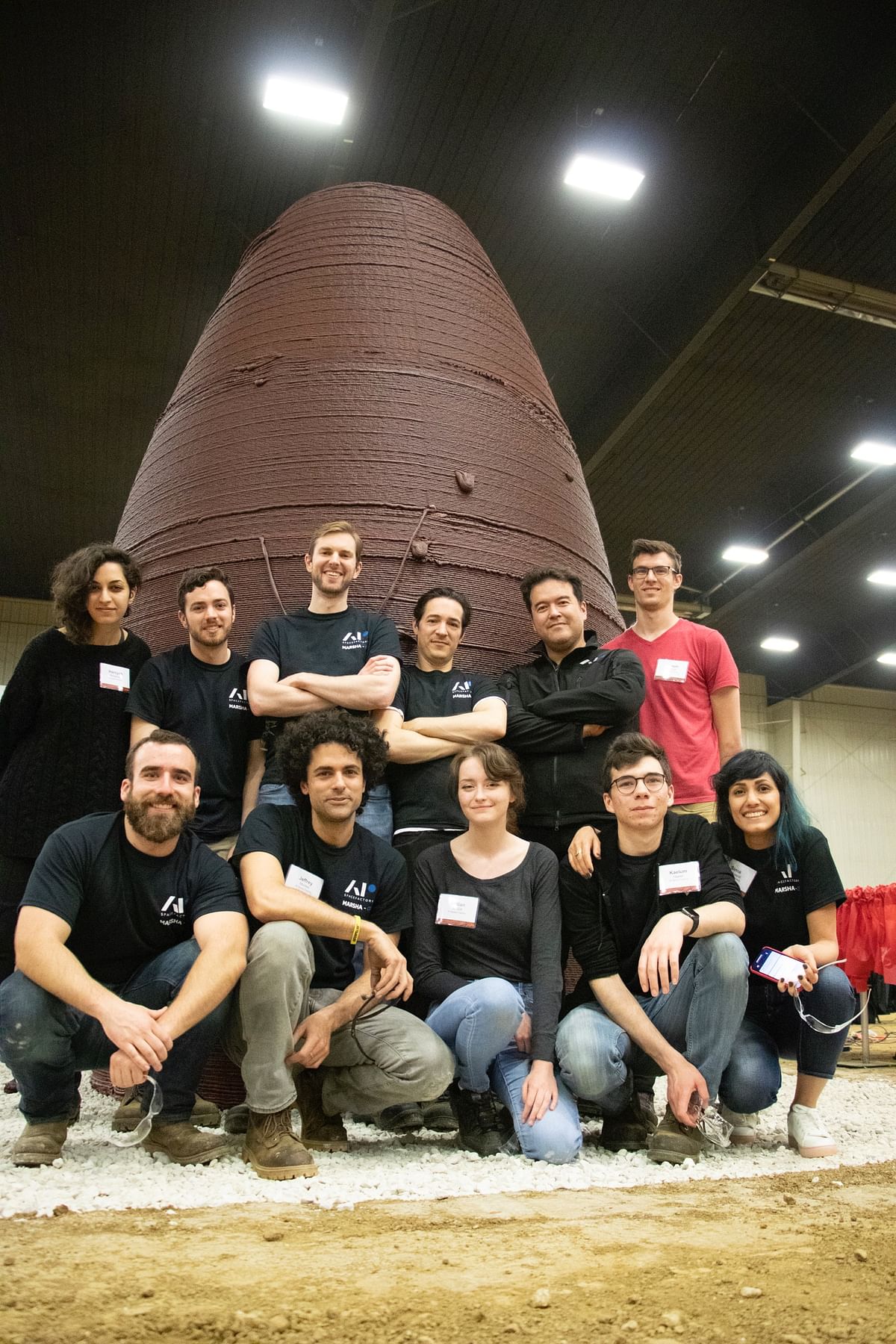
Related
In Phase Three of the ongoing 3D-Printed Habitat Challenge, NASA and partner Bradley University of Peoria, Illinois recently awarded a total of $700,000 to two winning teams. The $500,000 grand prize went to New York-based AI SpaceFactory, a multi-planetary architectural and technology design agency, for their proposal “MARSHA”. The second prize went to Pennsylvania State University of University Park, who received $200,000.
Starting in 2015, the 3D-Printed Habitat Challenge tasks teams to demonstrate different additive manufacturing technologies needed to create sustainable housing solutions for Earth and beyond, from designing to software modeling to physical construction. Since then, more than 60 teams have competed and NASA has awarded over $2 million in prize money. The habitat 3D-print is the final level of the multi-year Challenge.
The two finalist teams faced off from May 1-4 at Caterpillar's Edwards Demonstration & Learning Center in Edwards, Illinois, where they created subscale shelters made from recyclables and materials that could be found on the Moon and Mars, and other deep-space destinations. Structures had to be a one-third scale version of their architectural designs, and had to employ robotic construction techniques with minimal human intervention.
Scroll down for a glimpse of AI SpaceFactory's winning proposal.

Made from an innovative biopolymer basalt composite that outperformed its concrete competitors, the 15-foot MARSHA prototype was printed with almost no human assistance in 30 hours during the Challenge. The prototype also included three robotically-placed windows.
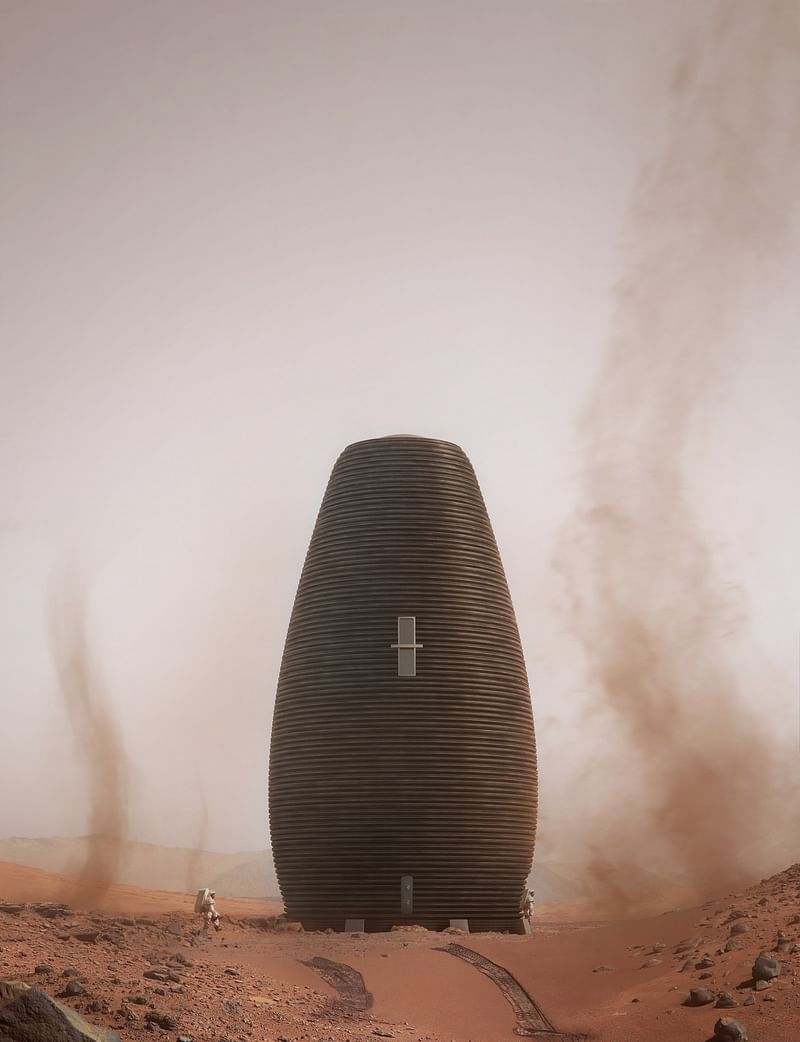
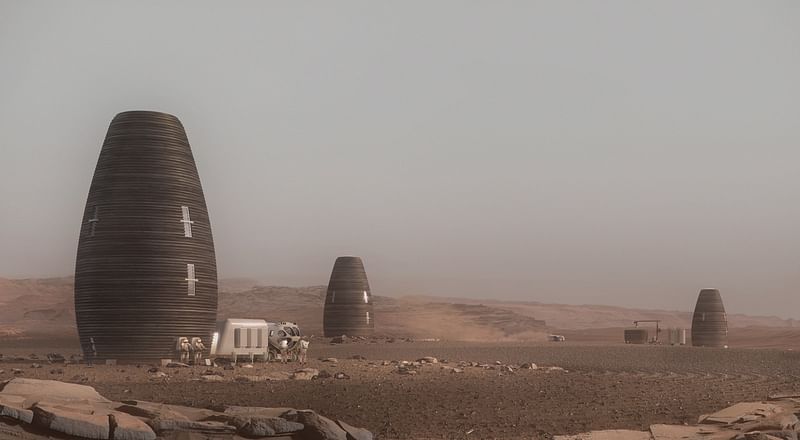
The structure's mixed basalt fiber was extracted from Martian rock and renewable bioplastic made from plants. “It’s light, and it’s strong, like an airplane. That’s going to be very important for these types of habitats,” said Lex Akers, Dean of the Caterpillar College of Engineering and Technology at Bradley University, in a statement.
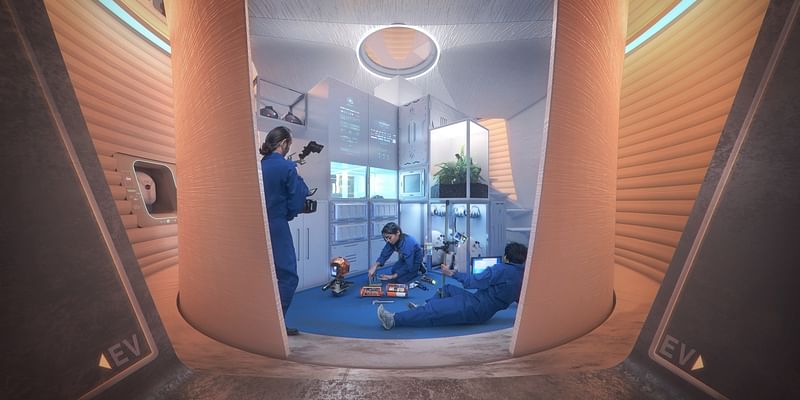
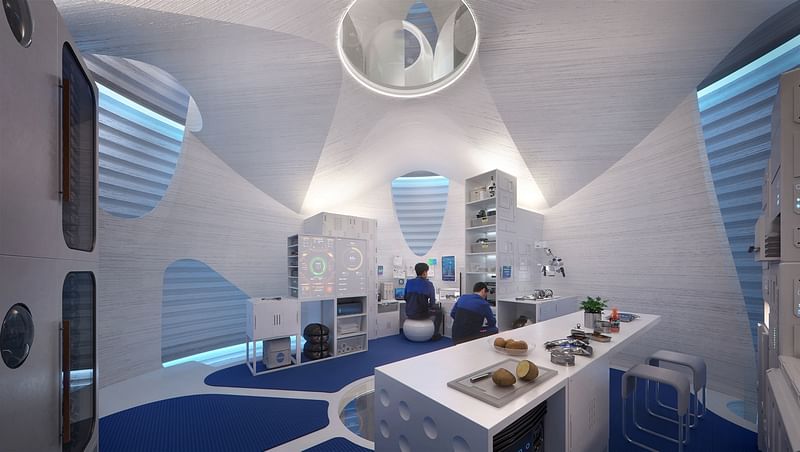
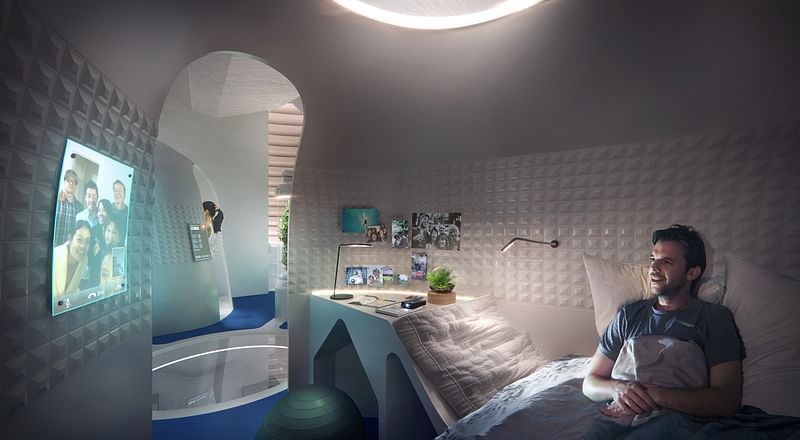
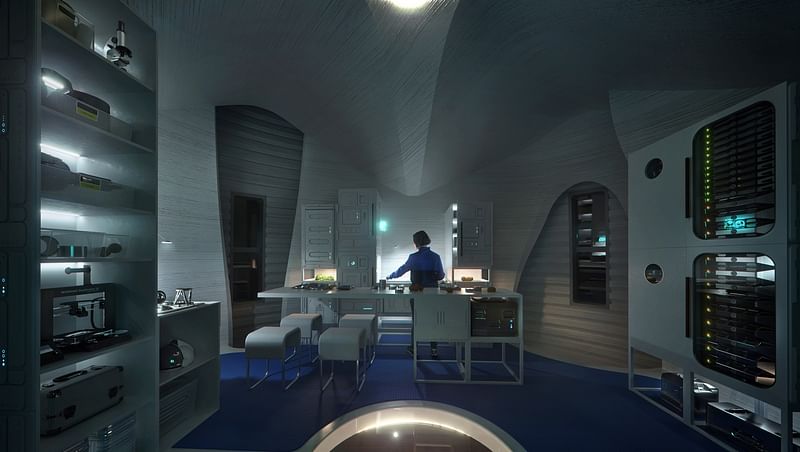
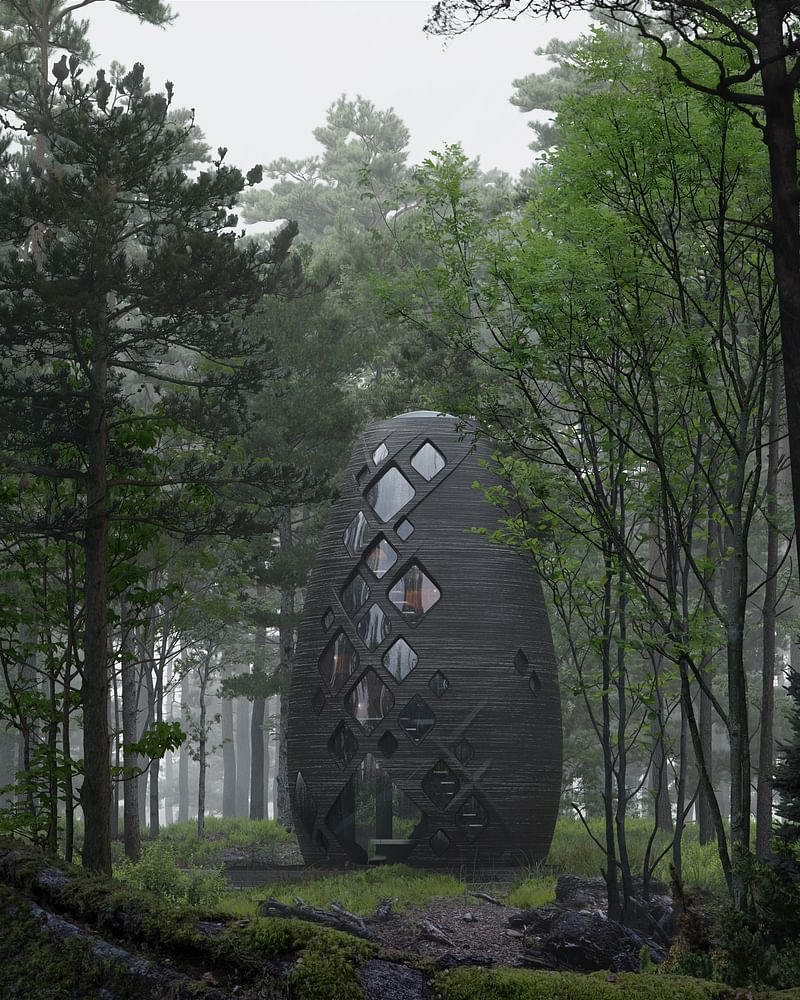
After two years of developing the construction technologies for the challenge, AI SpaceFactory plans to recycle the materials from MARSHA to 3D-print TERA, described by the team as the first-ever, space-tech, eco-habitat on Earth. Made from recycled, biodegradable materials, TERA can be composted back into the soil at the end of its lifecycle. AI SpaceFactory will soon be launching an Indiegogo campaign for TERA, which is expected to be available as early as this September.
You can check out NASA's photos from the competition event here.
RELATED COMPETITION 3-D Printed Habitat Challenge


Share
3 Comments
Miles Jaffe · May 16, 19 9:09 PM
Sounds half-baked, at least for extraterrestrial use. 3D printing is typically a largely porous additive process. Using it to create a structure to withstand high differences in atmospheric pressure is probably not as simple as it sounds. Then there is the problem of installing air locks and connectivity features that must penetrate the shell.
A more efficient solution might be to use the transportation vehicle as the initial structure as it already incorporates all of the necessary features.
Here on earth we have a vast surplus of labor that could and should be productively utilized in infrastructure construction and maintenance, including housing.
Juan Lagarrigue · May 17, 19 3:55 PM
Great, now go and use it to rebuild siria, yemen, irak , etc. this won't work in mars
Marc Miller · May 20, 19 6:39 PM
I've been following one of the teams working on the project and many of the comments are addressed. As I understand it, the vehicle would be in the initial habitat, but lacks enough space for long term habitation and there are issue with long term exposure to radiation. Therefore the idea is to use material source on mars to create the structures. Many of the issues of airlocks and connectivity were tested in the competition phases using scaled models that were made of concrete mixtures analogous to the surface of mars. With respect to using this technology to assemble home on earth- well...
Comment as :